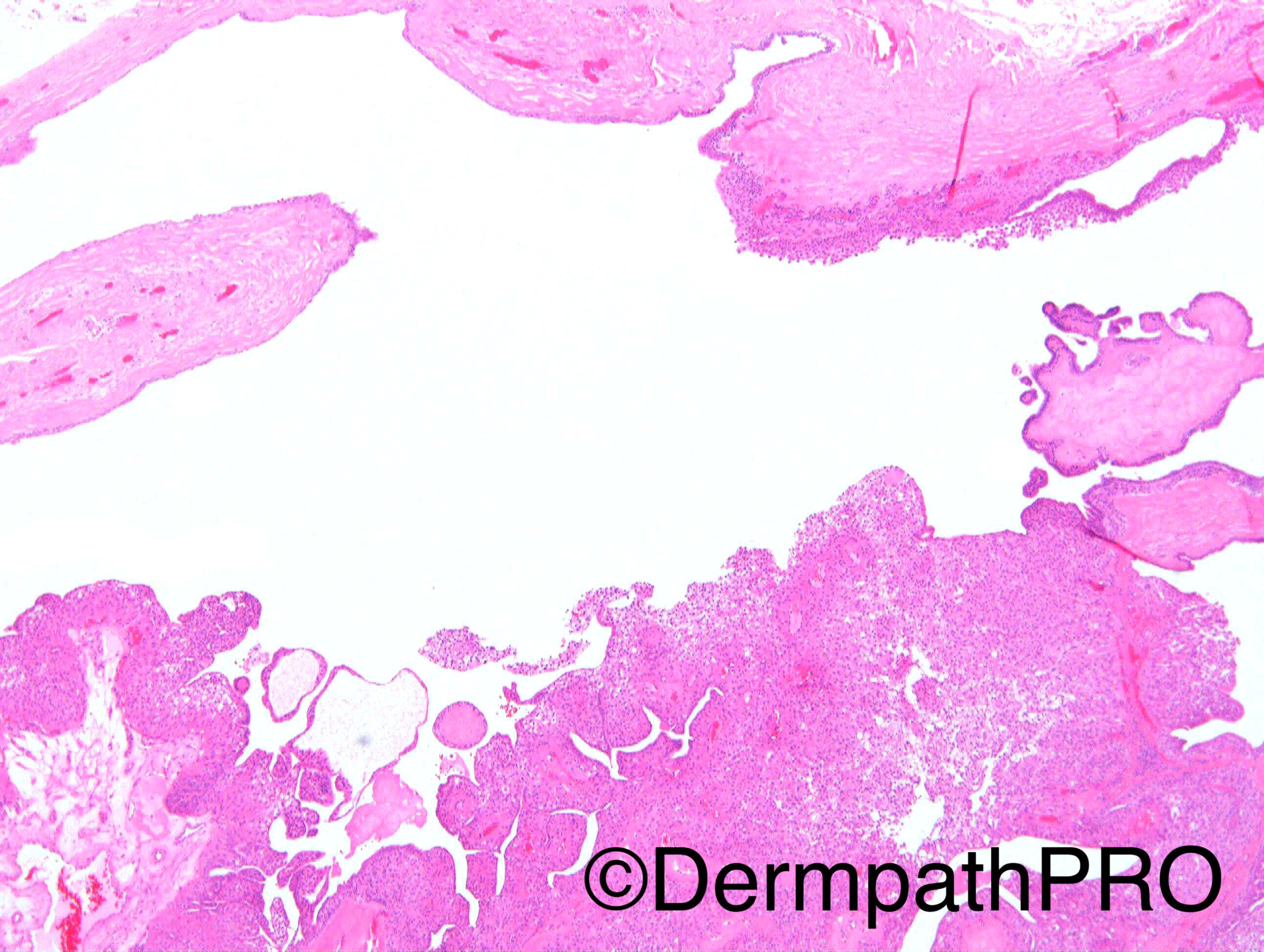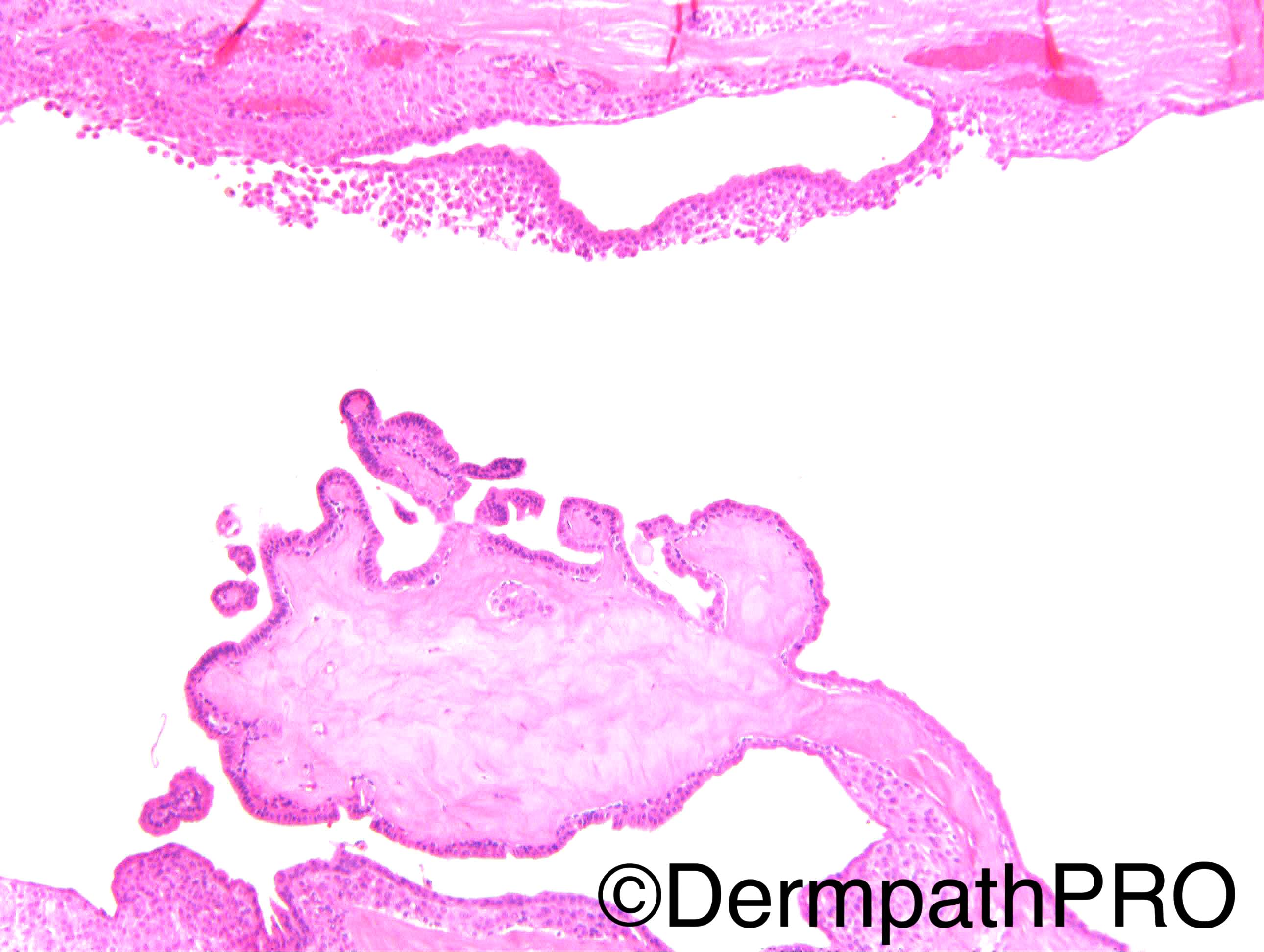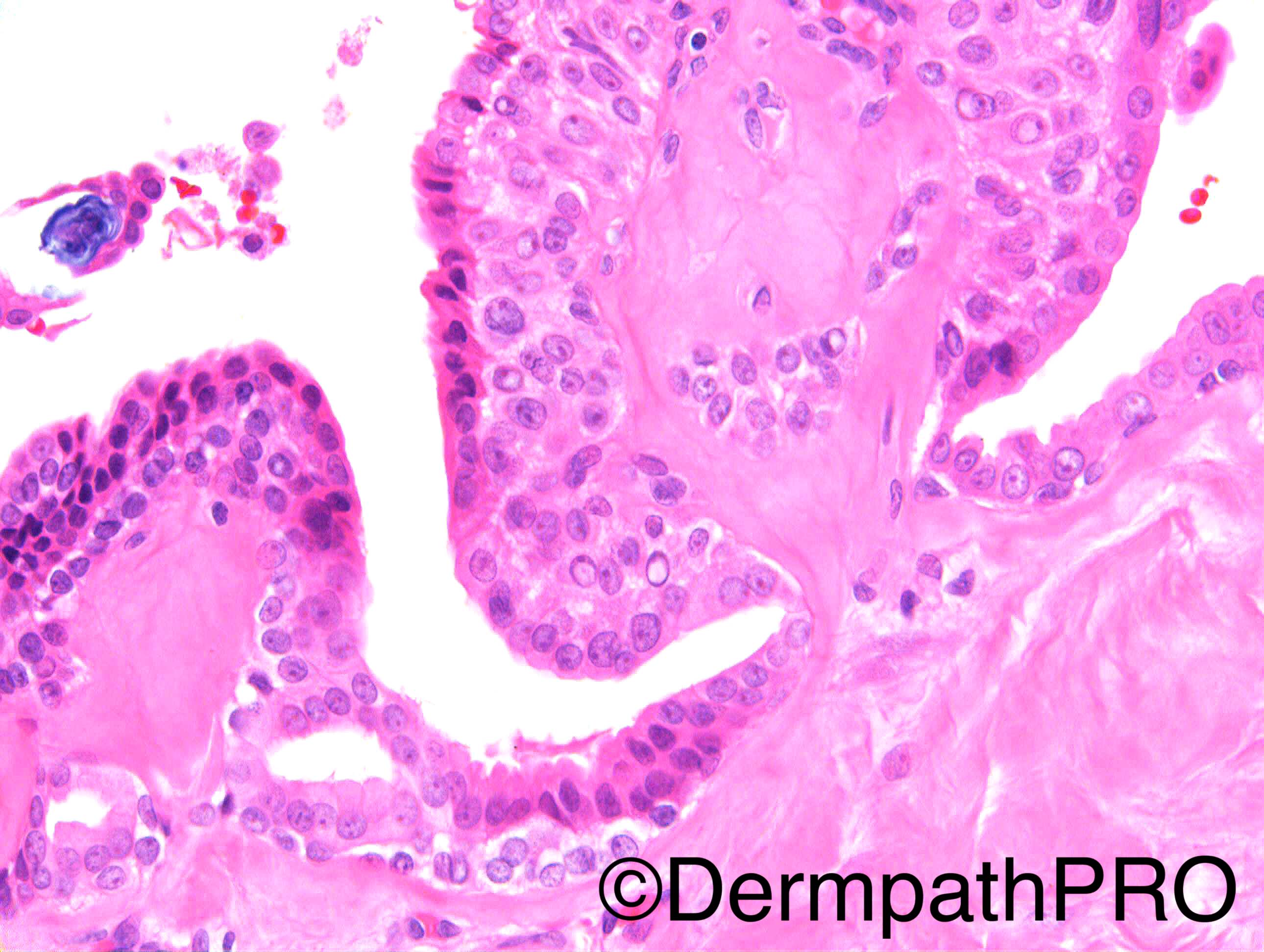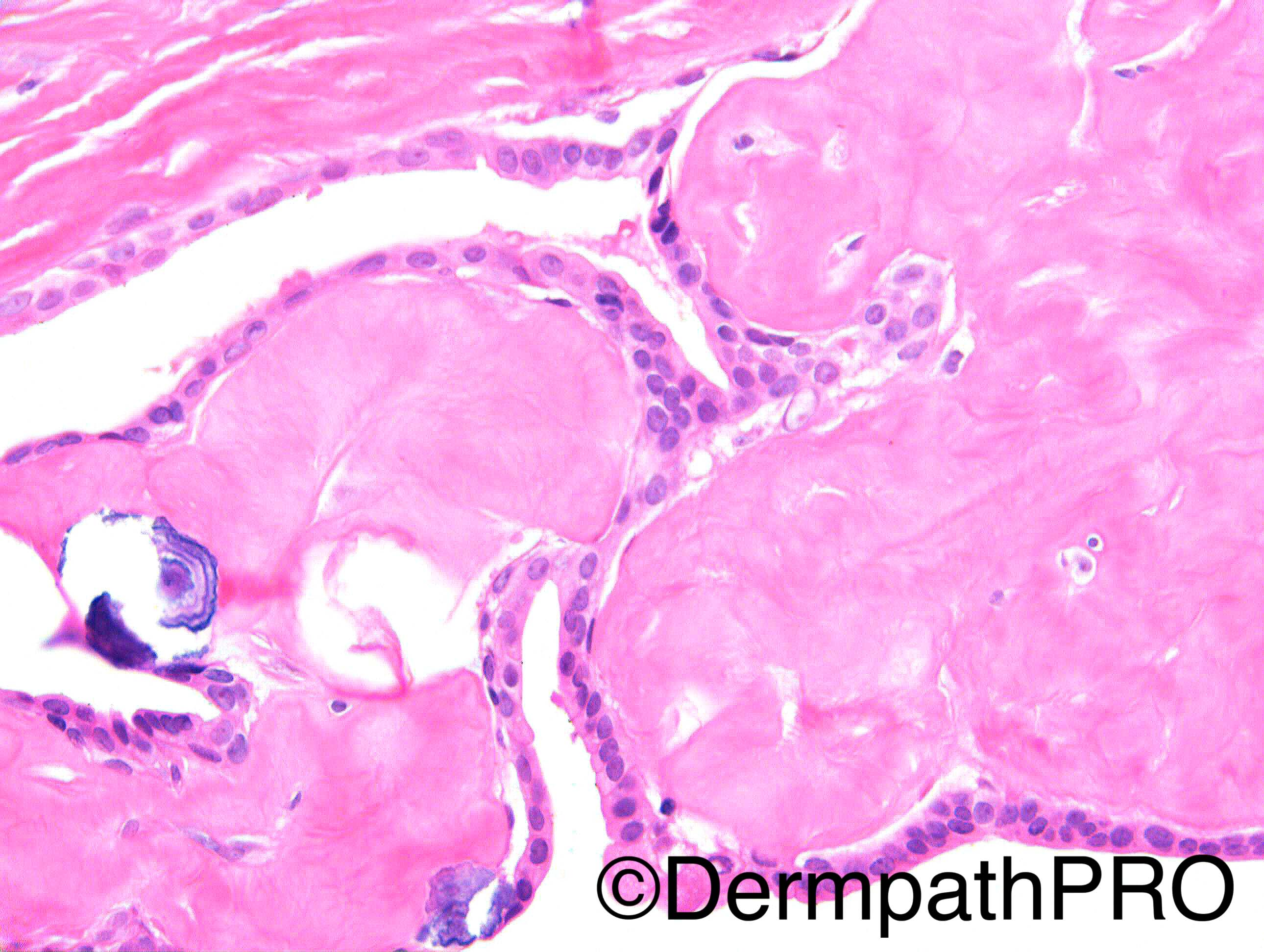Case Number : Case 1516 - 15 April Posted By: Guest
Please read the clinical history and view the images by clicking on them before you proffer your diagnosis.
Submitted Date :
M55 Tumour on buttock, long history, slowly increasing, clinically cystic. Case c/o Dr Jesmond Xeureb
Dr Richard Carr.
Dr Richard Carr.











Join the conversation
You can post now and register later. If you have an account, sign in now to post with your account.